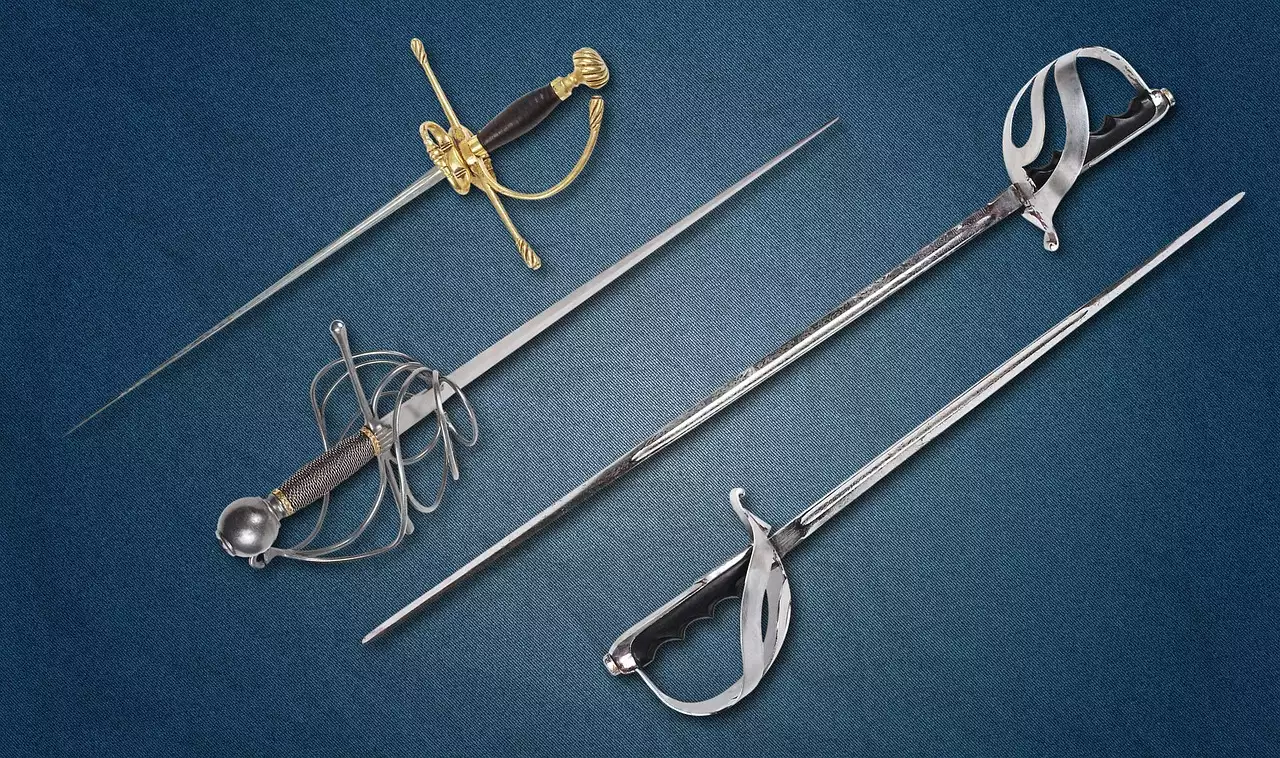Keratosis pilaris (KP) is a common skin condition that affects people of all ages. It usually presents as small, rough bumps on your upper arms, thighs, or cheeks. Keratosis pilaris can be very irritating and embarrassing, but there are things you can do to help manage the symptoms and prevent it from getting worse. Read on to learn more about this skin disorder and how you can treat your KP at home.
What is Keratosis Pilaris?
Keratosis pilaris is a condition that causes small, rough bumps to form on your upper arms, thighs, and cheeks. It is also known as “chicken skin,” “chicken bumps,” and “pilaris.” No one knows exactly what causes KP, but it is believed that genetics, hormones, diet, and stress may play a role. It does not lead to other diseases, and the bumps are not infectious. They are usually white or red and may feel rough to the touch. They are small and can range in size from a few millimeters to a couple of centimeters. KP is more common in children and teens, but it can happen to adults as well. It can last for years or go away in a few months. If the condition doesn’t get better on its own, you can treat it with lotions or creams.
What Causes Keratosis Pilaris?
Keratosis pilaris is caused by a build-up of keratin inside the hair follicles. This build-up becomes visible as tiny, rough bumps on your skin. No one knows exactly what causes this to happen, but genetics, hormones, stress, diet, and skin type all play a role.
Genetics: Keratosis pilaris often runs in families, meaning that if your parents have it, you have a higher chance of getting it.
Hormones: Hormonal changes during puberty and pregnancy can cause KP to get worse.
Stress: High levels of stress can affect your hormone levels and lead to your KP getting worse. Diet: Some people report that eating a diet high in dairy or gluten can lead to KP.
How to treat and manage KP at home
Since KP is a skin condition that changes and worsens depending on the person, treatment will vary from one person to the next. However, there are some general things you can do to keep your skin healthy, minimize the appearance of KP bumps, and minimize irritation.
Skin Care: Keep your skin clean, hydrated, and protected from the sun. You can do this with daily face washes, moisturizers, and sunscreen.
Stress Management: Stress can worsen the appearance of KP and make it worse over time. Try to get plenty of sleep, take time to relax, and find forms of stress relief that work for you.
Eating Well: A healthy diet will help your skin in general and help keep KP at bay. Stay away from foods high in sugar, gluten, and dairy.
Exfoliation for Keratosis Pilaris
If you have KP, you’re probably very aware that exfoliating your skin regularly is important. However, you may be wondering how to effectively get rid of the dead skin cells on your KP-affected areas. If you have KP, there are a few things to keep in mind when exfoliating your skin. First, be gentle with the skin on your arms and thighs where you have KP. You don’t want to scrub too hard and irritate your skin. Second, you don’t have to exfoliate every day. Doing so can actually damage your skin and cause irritation. Instead, aim to exfoliate 2-3 times per week.
Coconut Oil and Keratosis Pilaris
Coconut oil is a fantastic product to use on your skin and hair. It is rich in vitamins and minerals and is known to promote healthy skin. If you have KP, you can use coconut oil in a few different ways to help manage your condition.
Coconut Oil as a Moisturizer: If you have KP, you likely have very dry skin. Coconut oil is a great moisturizer that can help keep your skin hydrated. Apply a small amount of coconut oil to your skin after a shower. It also works well as a makeup remover.
Coconut Oil as a Scrub: If you have KP, exfoliating can be difficult because the follicles on your arms and thighs are protected by skin. Coconut oil can act as an exfoliating scrub and help remove dead skin cells from the area.
Coconut Oil as a Soap: Coconut oil makes a great soap substitute for those with KP. It is non-irritating and will not cause your skin to dry out the way regular soap will.
Conclusion
Keratosis pilaris is a common and relatively harmless condition that causes bumps to appear on your upper arms, thighs, and cheeks. While no one knows exactly what causes KP, it is believed that genetics, hormones, diet, and stress may play a role. Treatment will vary from one person to the next, but there are some general things you can do to keep your skin healthy, prevent KP bumps from appearing, and minimize irritation.


 Hiking the Inca Trail in Peru to get to Machu Picchu
Hiking the Inca Trail in Peru to get to Machu Picchu
 The Ultimate Guide: Top 2023 Gift Ideas for Kids of All Ages!
The Ultimate Guide: Top 2023 Gift Ideas for Kids of All Ages! What do Dads Want for Father's Day?
What do Dads Want for Father's Day? The Best Exfoliating Body Treatments
The Best Exfoliating Body Treatments The Best Body Lotions for Every Skin Type
The Best Body Lotions for Every Skin Type Caring for the Skin on Your Body
Caring for the Skin on Your Body Looking After Dry Skin on the Body
Looking After Dry Skin on the Body